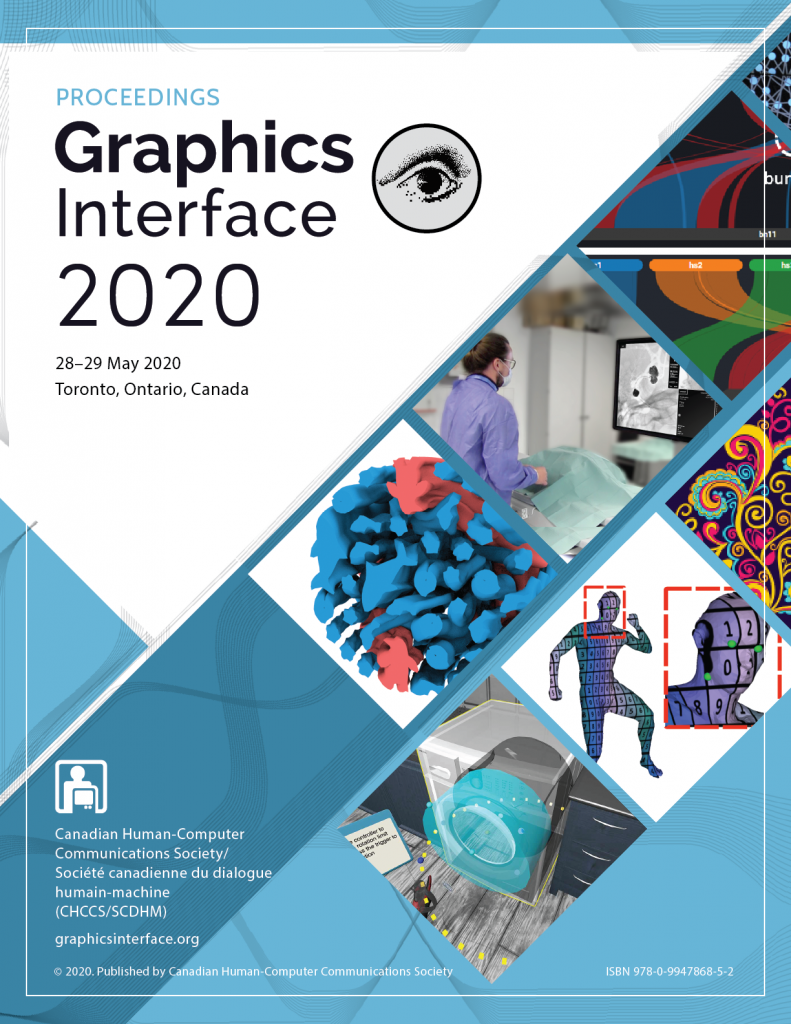Video
BibTex
@inproceedings{Mairena:2020:10.20380/GI2020.33,
author = {Mairena, Aristides and Dechant, Martin and Gutwin, Carl and Cockburn, Andy},
title = {A Baseline Study of Emphasis Effects in Information Visualization},
booktitle = {Proceedings of Graphics Interface 2020},
series = {GI 2020},
year = {2020},
isbn = {978-0-9947868-5-2},
location = {University of Toronto},
pages = {327 -- 339},
numpages = {13},
doi = {10.20380/GI2020.33},
publisher = {Canadian Human-Computer Communications Society / Société canadienne du dialogue humain-machine},
}
Abstract
Emphasis effects - visual changes that make certain elements more prominent - are commonly used in information visualization to draw the user's attention or to indicate importance. Although theoretical frameworks of emphasis exist (that link visually diverse emphasis effects through the idea of visual prominence compared to background elements), most metrics for predicting how emphasis effects will be perceived by users come from abstract models of human vision which may not apply to visualization design. In particular, it is difficult for designers to know, when designing a visualization, how different emphasis effects will compare and how to ensure that the user's experience with one effect will be similar to that with another. To address this gap, we carried out two studies that provide empirical evidence about how users perceive different emphasis effects, using three visual variables (colour, size, and blur/focus) and eight strength levels. Results from gaze tracking, mouse clicks, and subjective responses in our first study show that there are significant differences between different kinds of effects and between levels. Our second study tested the effects in realistic visualizations taken from the MASSVIS dataset, and saw similar results. We developed a simple predictive model from the data in our first study, and used it to predict the results in the second; the model was accurate, with high correlations between predictions and real values. Our studies and empirical models provide new information for designers who want to understand how emphasis effects will be perceived by users.





















































